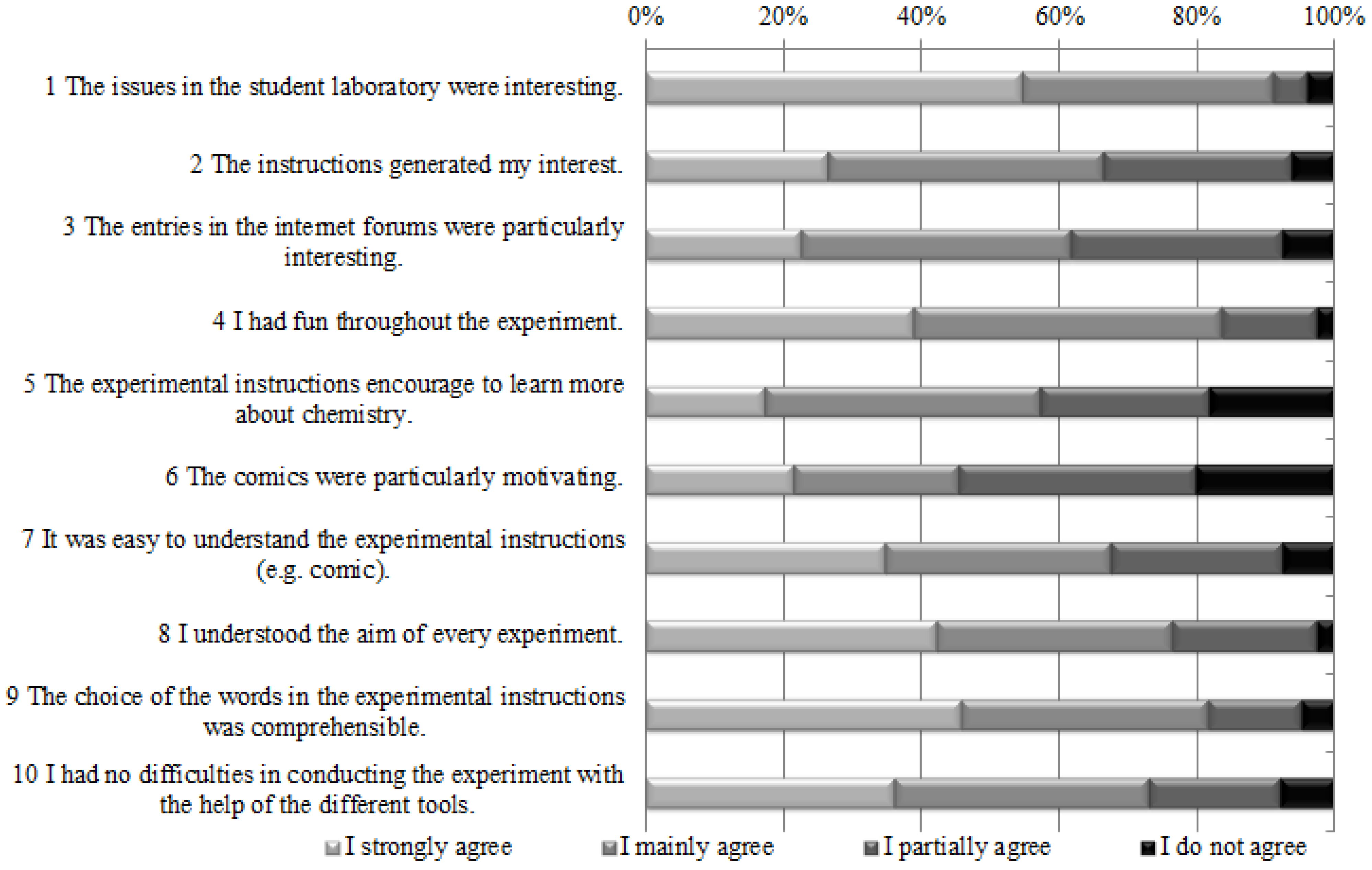

The pandemic is expected to lead to a reversal in recent progress towards equity.

Disparities by urban/rural geographical location and household wealth are typically more extreme, with one third and one sixth of countries and territories achieving parity in primary completion, respectively, and no countries or territories with recent data achieving parity in tertiary attendance. Almost half of countries and territories with recent data did not achieve gender parity in primary completion, and only a handful of countries and territories demonstrate parity in tertiary enrolment ratios.

For example, there were still only 92 literate women and girls 15 years of age or older for every 100 literate boys and men of the same ag e range in 2019. The progress made over past years has been at risk since 2020 because early education facilities and primary schools closed in most countries and territories, preventing or limiting access to education, especially for children from low- and middle-income countries and territories.ĭisparities in access to education and learning outcomes persist across a range of education indicators. Gender parity has been achieved in every region. The rate of participation in organized learning one year before the official age of entry into primary education rose steadily in the years before the pandemic, from 65 per cent in 2010 to 73 per cent in 2019, but with variation among countries and territories ranging from 12 per cent to nearly 100 per cent. Unsafe conditions, negative interactions with caregivers and a lack of educational opportunities during the early years can lead to irreversible outcomes, affecting children’s potential for the remainder of their lives.

However, many young children are unable to attend early education because of the pandemic and so are now entirely reliant on their caregivers for nurturing care. The rise in school completion rates may slow or even reverse depending on the duration of school closures, which are resulting in learning losses and affecting the motivation to attend school, and on the extent to which poverty might increase, adding to the obstacles faced by disadvantaged children.ĭata from before the pandemic for 76 mostly low- and middle-income countries and territories covering the period 2012–2020 indicate that 7 in 10 children who are 3 and 4 years of age are on track developmentally, with no significant differences between the sexes. Just before the pandemic, 53 per cent of young people were completing secondary school globally, although the figure for sub-Saharan Africa was only 29 per cent. Reading proficiency levels could recover by 2024, but only if exceptional efforts are devoted to the task through remedial and catch-up strategies. It is estimated that 101 million additional children and young people (from grades 1 to 8) fell below the minimum reading proficiency level in 2020 owing to the consequences of the pandemic, which wiped out the education gains achieved over the past 20 years. The most vulnerable children and those unable to access remote learning are at increased risk of never returning to school and of being forced into child marriage or child labour.
#GOALS OF NON FORMAL EDUCATION FULL#
One year into the COVID-19 crisis, two thirds of students worldwide are still affected by full or partial school closures. Hundreds of millions of children and young people are falling behind in their learning, which will have long-term impacts. School closures caused by the pandemic have had devastating consequences for children’s learning and well-being. Before the pandemic, progress was already slow and insufficient to achieve the education targets in the Goals. The impact of the COVID-19 pandemic on schooling is a “generational catastrophe”.


 0 kommentar(er)
0 kommentar(er)
